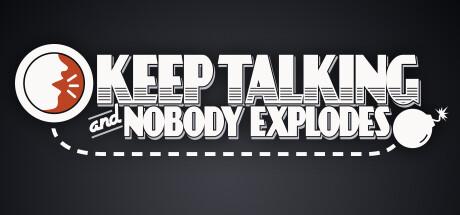
Information
Name: Keep Talking and Nobody Explodes
Creator: Steel Crate Games
Platform: Android, Microsoft Windows, OS X, PlayStation 4, Linux, Nintendo Switch, Xbox On (I played virtually on Steam).
Target Audience: Age 10+ (Cooperative puzzle-solvers)
In “Keep Talking and Nobody Explodes” (KTANE), players engage in a high-pressure, cooperative experience where one person must defuse a bomb following instructions given by their teammates, who possess the bomb defusal manual. In contrast, “Inkling” simplifies this concept by incorporating drawing and guessing mechanics, where one player draws while others give instructions, introducing a unique player-initiated sabotage aspect through card mechanics, diverging from KTANE’s sensory immersion elements.
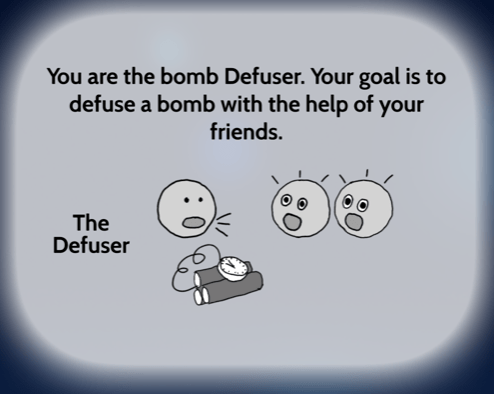
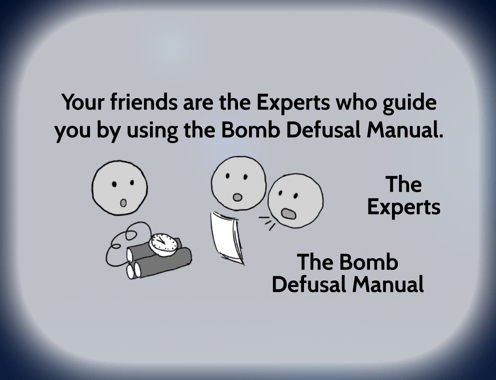
To begin, both games force players to communicate through a division of roles and a limitation of information. KTANE has two roles: a Defuser that directly works with the bomb, and Experts that guide the Defuser with a manual. Since the Defuser and Expert(s) cannot see each other’s screen, they are encouraged to verbally communicate everything to complete the objective of diffusing the bomb. Similarly, Inkling also has two roles: an Artist that draws and Designers that give instructions to the artist on what to draw. The Artist and Designer(s) must also work together to achieve a shared goal of Designers providing enough information to create a picture that is clear enough for the Artist to guess the word.
This shared concept of fragmented information and role limitations also inevitably creates a dynamic where teammates must overexplain seemingly “simple” concepts and create shortcuts that make them more palatable. For example, when playing KTANE, I found myself as the Defuser referring to certain symbols as “alien on a chair” or “pig’s tail” rather than describing each individual line to make it easier for the Expert on the manual to identify. More examples include grouping together colors of wires rather than listing them off individually, and spelling out certain words to prevent misunderstanding (due to homophones).
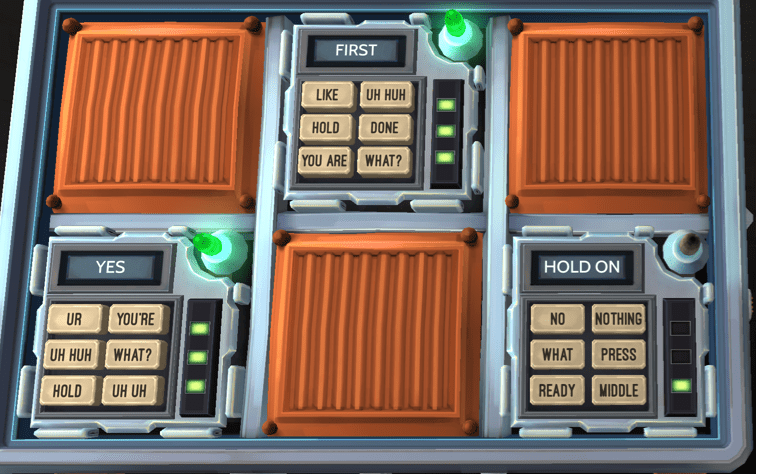
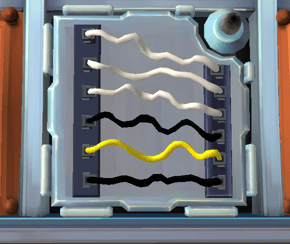
Surprisingly, this encouraged more free expression since I easily found more fun alternatives to describe complex tasks. Similarly, Inkling also forces Designers to be more specific with their instructions to lessen the ambiguity for the artist. To create a simple flower, it was important to differentiate between the size of each shape, direction, and angle of placement. Saying “draw a circle” is not enough.
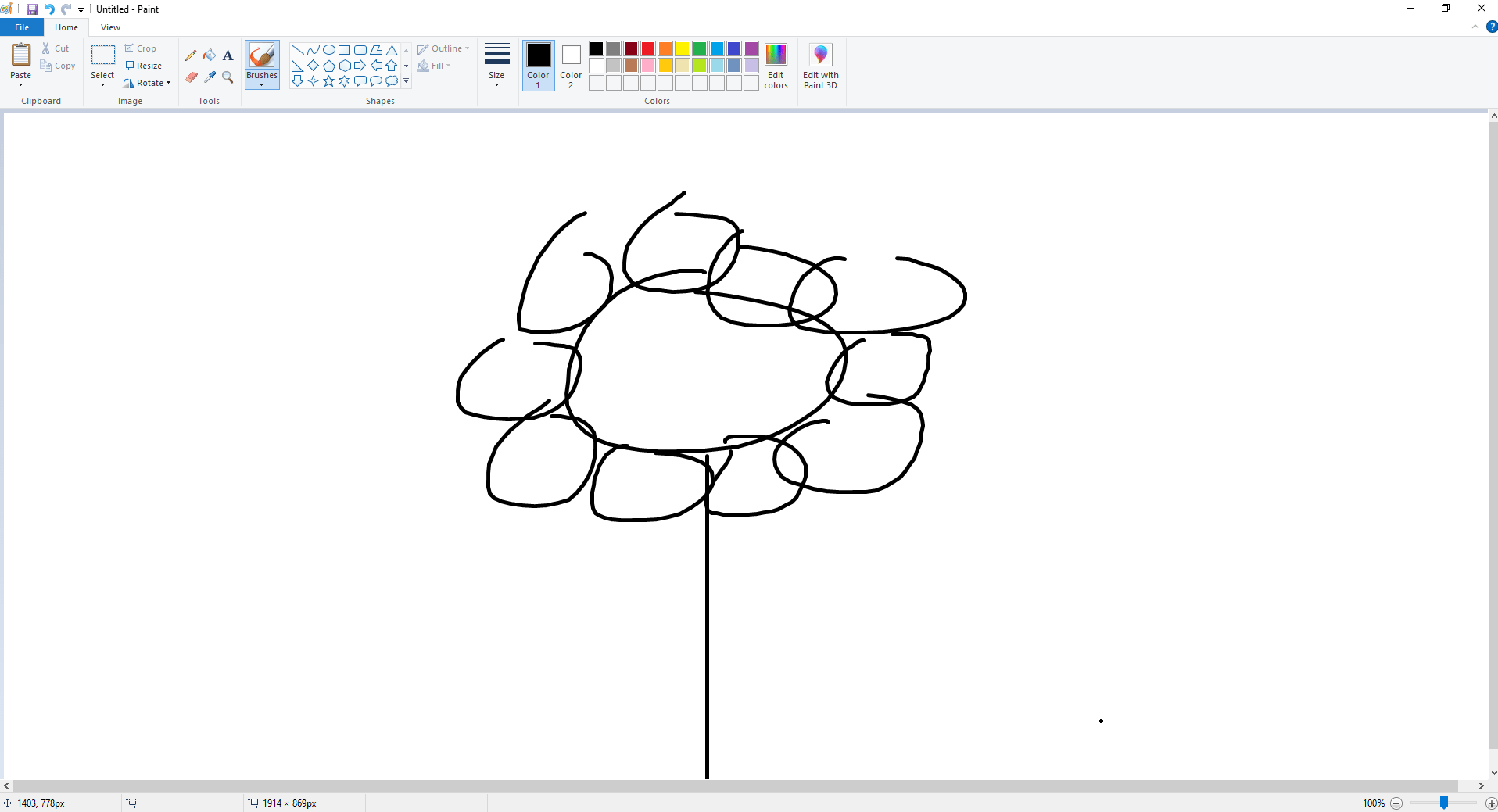
However, one critical mechanic to Inkling is that there’s no free flow of information. Designers cannot freely speak with each other after the discussion period ends, so they must wait until it’s their turn to speak. The Artist cannot communicate with the Designers at all. This introduces more strategic opportunities and forces the entire team to slow down and be cautious about placement. This takes a more relaxing pace compared to KTANE’s “word vomit”. There are no restrictions on what can be said, so the most beneficial strategy is to say as much as you can, and to be communicating information ALL of the time. While this seems to encourage more communication, it quickly becomes a battle of who knows the manual the most and 1-2 people end up dominating the conversation, leaving lesser experienced players discouraged that they weren’t fast enough. In this manner, Inkling offers everyone the opportunity to equally contribute and feel that they are contributing meaningfully to the game.
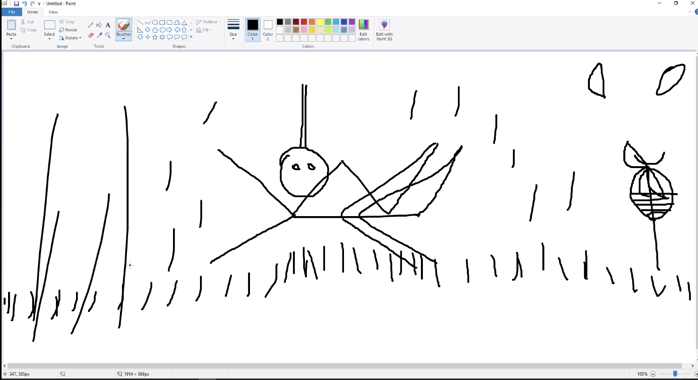
In addition, Inkling also entirely focuses on drawing mechanics with simple shapes, contrasting with KTANE’s reliance on complex modules to defuse bombs. Complex modules offer more challenge to the game and a sense of satisfaction when completing modules, but it is less accessible to people that are colorblind, dyslexic, or who simply can not understand Morse Code at all (I am guilty). Inkling’s reliance on drawing simple shapes lessens this skill gap.

Although these games offer some aspect of sabotage, they drastically differ in execution. KTANE relies on sensory stimuli, such as lights turning off and ringing alarms, to increase the tension of defusing a bomb. This sense of urgency contributes to the game’s immersive experience as a passive way to “sabotage” the player since they are limited in their capacity to perform tasks during this period of time. However, the overemphasis on sensory stimuli may overshadow the core gameplay mechanics since it’s a manner of physically distracting the player and forcing them to temporarily stop playing the game. Conversely, Inkling’s sabotage mechanics use cards that add strategic depth without relying on sensory overload. This simplified approach ensures accessibility for all players while maintaining the core cooperative dynamic. These sabotage cards are also player-initiated, so it fosters more communication and strategy since players decide when to play the cards to increase their chances of winning.
While both games ultimately encourage a dynamic cooperative experience, KTANE is more geared towards experienced puzzle-solvers while Inkling serves as an introductory party game for family and friends.


